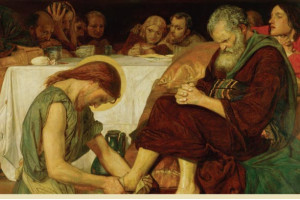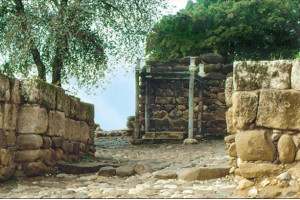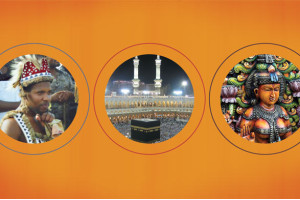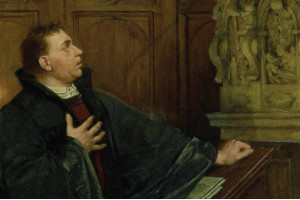
At a Glance
- Introduction to the most important figures, controversies, and ideas that defined the church during its first 1,200 years
- Overview of key turning points in church history, such as the Roman emperor Constantine’s conversion to Christianity, the Great Schism between churches of the East and West, and the Crusades
- Access to all course material—video lectures, readings, key concept reviews, and quizzes
- Access to the Cerego learning system to build memory retention of course objectives
- 24/7 access for 12 months to complete the course at your own pace
More Details
Church History: From Christ to the Pre-Reformation, taken from Everett Ferguson’s textbook of the same title, offers a unique contextual view of how the Christian church spread and developed. The church did so not in a vacuum, but in a setting of times, cultures, and events that both influenced and were influenced by the church. This course looks closely at the integral link between the history of the world and that of the church.
In particular, it explores the development of the church from the days of Jesus to the years prior to the Reformation. It offers overviews of the Roman, Greek, and Jewish worlds; insights into the church’s relationship to the Roman Empire, with glimpses into pagan attitudes toward Christians; the place of art and architecture, literature and philosophy, in church history; and much more, spanning the time from the first through the thirteenth centuries.
Course Outline
- The Setting for the Story’s Beginning; Jesus and the Beginnings of the Church
- The Subapostolic Age and the Church and the Empire
- Heresies and Schisms in the Second Century and The Defense against Rival Interpretations
- The Fathers of the Old Catholic Church and Their Problems
- Church Life in the Second and Third Centuries and Development of the Church during the Third Century
- Diocletian and Constantine and the Church in the Fourth Century
- Monasticism, Expansion, Life, and Worship
- Christological Controversies to Chalcedon; Augustine, Pelagius, and Semipelagianism
- Transitions to the Middle Ages; Eastern and Western Churches in the Fifth and Sixth Centuries
- The Eastern Churches from the Seventh to Eleventh Centuries
- The Western Church from the Seventh to Ninth Centuries
- Decline and Renewal of Vitality in the West: The Ninth to the Eleventh Centuries
- The Papal Reform Movement and the First Crusade; Intellectual Revival
- Monastic, Literary, Political, and Cultural Activities in the Twelfth Century
- The Glory of the Western Medieval Church and Portents of Decline
About the Technology
Author & Instructor

Dr. Everett Ferguson
Ph.D., Harvard University
Everett Ferguson is Professor of Church History Emeritus at Abilene Christian University. His numerous academic and scholarly honors include an honorary John Harvard Fellowship (1956–57), a Harvard Graduate School Fellowship (1958–59), a Ph.D. "with distinction" (Harvard, 1960), and selection as the John G. Gammie Senior Lecturer by the Southwest Commission for Religious Studies, 1996–97. He is a member of the Council of the Association internationale d'etudes patristiques and past president of the North American Patristics Society. In 1998, he was presented with a festschrift, The Early Church in Its Context: Essays in Honor of Everett Ferguson, ed. Abraham J. Marlherbe, Frederick W. Norris, and James W. Thompson. Dr. Ferguson has been co-editor (with Elizabeth A. Clark) of the Journal of Early Christian Studies. His other publications include Backgrounds of Early Christianity, Encyclopedia of Early Christianity, Recent Studies in Early Christianity, The Church of Christ: A Biblical Ecclesiology for Today, and Church History, vol. 1: From Christ to the Pre-Reformation.





